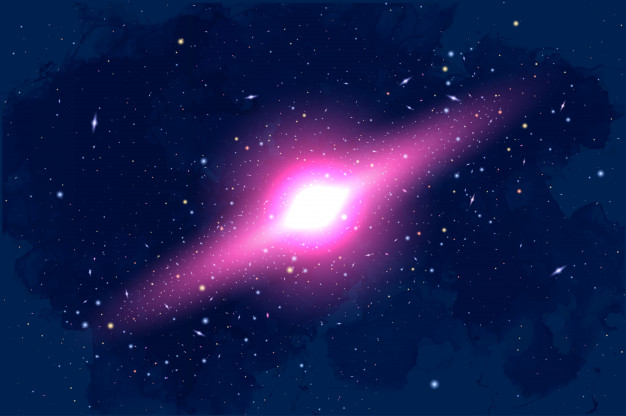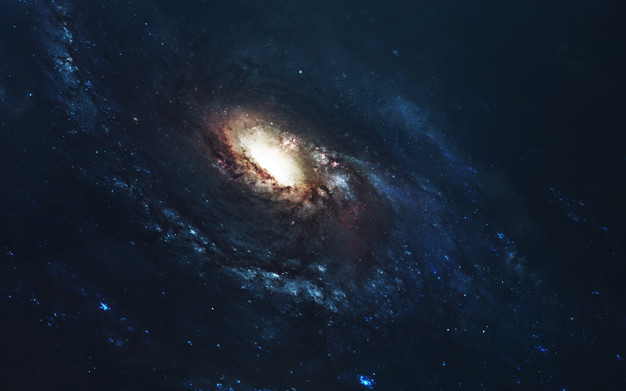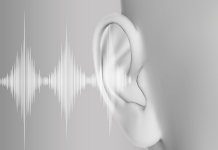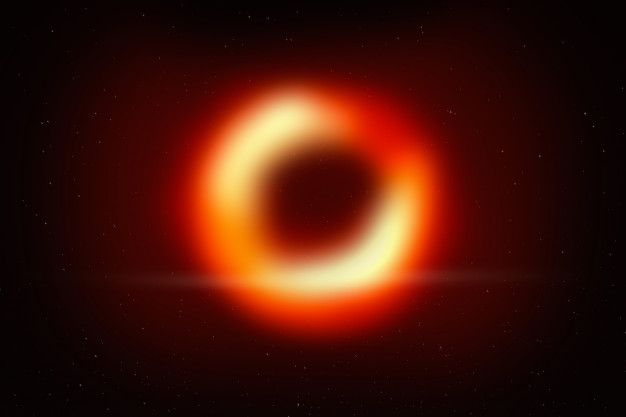There are many theories about the reality of black holes but recently NASA has released a video showing black hole. What is a Black Hole? A black hole is a hole in space where the gravitational pull is so strong that even light cannot get out of this hole. That is why people cannot see black holes as no light escapes from it. They are invisible. Only space telescopes with specialized tools help to find black holes in space. It also reveals the different behavior of stars near to black holes as compared to distant stars.

How do Black Holes Form?
Scientists think that the birth of black holes took place when the universe began. Stellar black holes form when the center of a vast star falls in upon itself or collapses. When this happens, it causes a supernova. Hence, a supernova is an explosion within a star. Scientists think that supermassive holes formed at the same time as were their galaxies. The reality of black holes is still somewhat misconception.
Can a Black Hole Destroy Earth?
Black holes do not wander in space, eating small stars, planets, or moons. Scientists found that Earth will not fall into a black hole because no black hole is even close to the solar system for Earth. Also, if a black hole of the same mass as the Sun were to take the place of the Sun, Earth still would not fall into it. The other good news is that the Sun will never turn into a black hole. The Sun is not a big enough star to make a black hole.

Recent Release of First-Ever Image of a Black Hole:
Albert Einstein was first to predict the existence of Black holes in 1916 through his general “Theory of Relativity.” The term “black holes” was coined for the first time in 1967 by American astronomer John Wheeler. Decades after that, the black hole was just known as a theoretical object in space. The first physical black hole ever discovered was spotted in 1971. Then, in 2019, the Event Horizon Telescope (EHT) released the first-ever image of a black hole. They saw it in the center of galaxy M87 when it was examining an area past which nothing can escape from a black hole.
Facts About Black Holes
- If a star passes too close to a black hole, it can tear apart.
- Astronomers estimate that the Milky Way has anywhere from 10 million to 1 billion stellar back holes.
- The first object considered to be a black hole is Cygnus X-1.
- Miniature black holes may have formed immediately after the Big Bang.
- If you fell into a black hole, the quantum effects would instantly burn you to death.
Do All Stars Become Black Holes?
Only stars with enormous masses can become black holes. When a massive star runs out of nuclear fuel, it can no longer sustain its weight and begins to collapse. More massive stars, such as those with masses of over 20 times our Sun’s mass, may eventually create a black hole.

Is a Black Hole a Giant Cosmic Vacuum Cleaner?
No, not really. To understand this, first, consider why the force of gravity is so strong close to a black hole. The gravitational pull of a black hole is not exceptional. It does not attract matter at vast distances differently than any other object does. At a long distance from the black hole, the force of gravity falls off as the inverse square of the range, just as it does for ordinary objects. Therefore, to be “sucked up” by a black hole, you have to get very close; otherwise, you experience the same force of gravity as if the black hole were the regular star as it used to be.
It is worthy to mention that there many research being carried out to know more and more about the reality of black holes.





















